What to feed the budgerigar?

Budgerigars - these are rather nimble birds, and in the wild they have the ability to adapt to climatic and weather factors. Therefore, their diet is very varied, including fresh twigs, grass seeds, exotic fruits, young growth and juicy fruits. Domestic chicks in everything depend on the person and our knowledge of how to feed these parrots. It will be useful for the owners of these beautiful birds to find out what to feed their pet, in addition to the standard grain mixture.
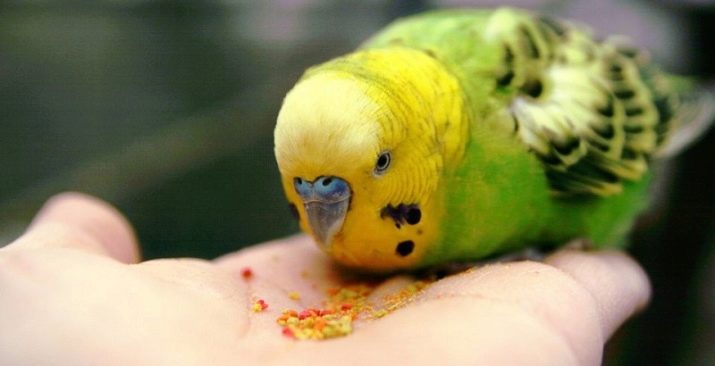
rules
A varied diet is essential when feeding your budgie. The menu should include various ingredients. Grain feed is a food base, an adult bird needs about two tablespoons of grain per day, babies, respectively, less, but there are situations when a bird needs a little more grain - here, first of all, you should focus on the needs of the bird.
Keep in mind that birds have a habit of shelling grains, which often gives the impression of a full feeder, although in fact there is no food there anymore. This is extremely dangerous for poultry, since grain must always be in the trough.
Most often, breeders purchase a ready-made store-bought grain mixture, as a rule, it includes:
- oats;
- millet;
- seeds (pumpkin, sunflower, flax and others)
If you wish, you can buy all the components separately, and make the mixture yourself. Sprouted grains are very nutritious for birds - it is a living food product rich in proteins and vitamins, which is well absorbed in the bird's body and enriches it with useful micro- and macroelements. The soaking mixture has a more varied composition than the dry one - mung bean, chickpeas, as well as sesame, buckwheat, mohar and sorghum are additionally introduced here.
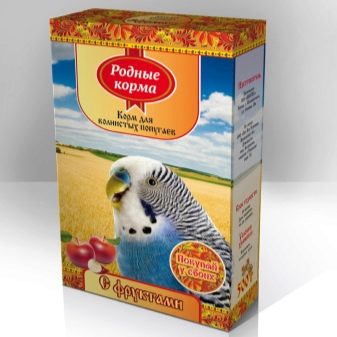
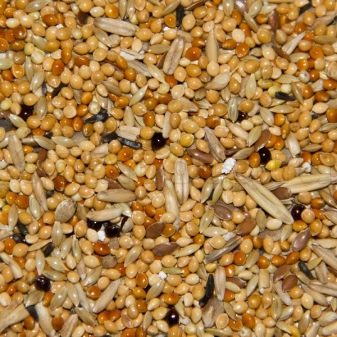
Before the arrival of molting, the birds are given 1 tsp. germinated grains twice a week, then feeding is carried out only once a month, since the swollen grains begin to stimulate the increased production of sex hormones.
The menu must certainly contain mineral mixtures, they have a beneficial effect on strengthening the feathers and skeleton, and in addition, improve the digestion processes. Usually they include up to 70% of crushed shell rock and 30% of chalk with a slight addition of eggshells, charcoal.
Sepia, which is the shell of the sea cuttlefish, also belongs to mineral dressings. It contains high concentrations of sodium, potassium, magnesium and phosphorus salts - they protect the beak from curvature and deformations dangerous to health. It is best to use a whitish sepia tone, a slight yellow bloom is allowed. There are often mineral stones on sale, which include iron, zinc, as well as phosphorus, magnesium and calcium. Such feeding is extremely important for the skeleton, the lack of these elements leads to disruption of the parathyroid gland, which leads to weakness of the beak and bone apparatus, growth retardation and severe exhaustion of birds.
Mineral stones and chains are usually attached directly to the rods of the aviary so that the birds have a free approach to them.
And also you need to pour a mixture of crushed shell rock, coral, fine organic sand, chalk and wood ash into a separate container. Be sure to keep in mind that organic sand is not the same as regular construction sand, it is crushed shells and contributes to grinding food into the goiter of the animal.
Two tablespoons of the supplement per week is enough for one bird.
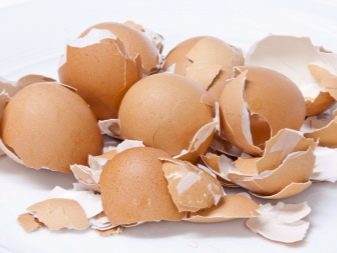
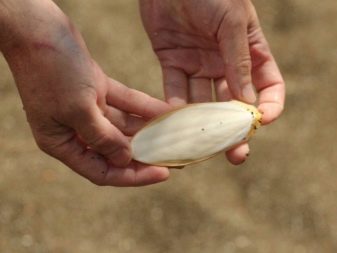
It is very important to introduce potassium into the diet of poultry - it is best to get it from the shell of chicken eggs. This additive helps to strengthen the skeleton and create a protective shell when laying eggs. Parrot chalk is also rich in calcium - it is attached to the cage in the form of briquettes. It is very important to purchase chalk that is specifically for birds, others may contain additives that are dangerous to bird health, for example, chalk for rodents includes salt, which causes poisoning in birds.
Charcoal is obtained from birch and contains high concentrations of calcium and iron. The additive helps to eliminate toxins, harmful gases and heavy metal salts from the bird's body.
In addition, some products should be present in the parrot's menu.
- Porridge... Usually birds are given oatmeal, buckwheat, millet, rice or barley. They should be prepared in water without the use of sugar, table salt and butter. Porridge is a full-fledged source of useful microelements and helps to improve metabolism.
- Vegetables and fruits. They are the main source of vitamins. Repeated feeding of birds with these products is allowed per day.
- Greens... Young shoots of deciduous trees, tops of beets and carrots, meadow grasses, chamomile, chicory, lettuce, plantain and some other succulent food improve the health of birds, strengthen immunity and strengthen feathers. But keep in mind that not all herbs are healthy - so if you cannot be 100% sure that a parrot should be given one or another greenery, you better not do it.
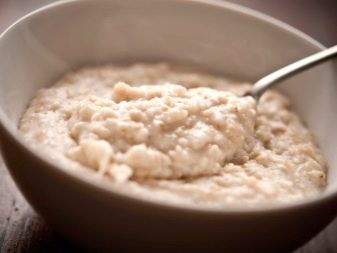
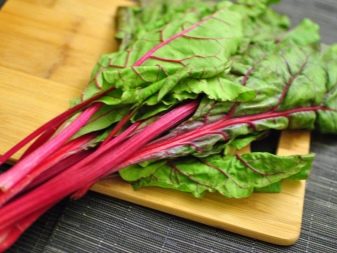
If your pet needs vitamins, then the necessary preparations can be bought at a pet store or veterinary clinic. During the course of treatment, all fruits and vegetables should be removed from the diet so that the parrot can receive moisture exclusively from water enriched with vitamins.It must be changed 2 times a day, otherwise vitamins are destroyed and the composition loses its medicinal properties.
Separately, it is worth dwelling on such an important issue as the feeding of poultry.... The liquid must certainly be present in the drinker, while it must be fresh, it is advisable to take filtered or bottled. It is best to pour water in small portions, but at the same time to constantly update it, the optimal drinking temperature is +15.20 degrees Celsius. From time to time, you can give birds 100 ml of ordinary water with the addition of a couple of drops of lemon juice or apple cider vinegar - these measures help to prevent mycobacteriosis.
To effectively cleanse the stomach and intestines of a bird, once a month, they give it a little honey, dry cottage cheese and necessarily fish oil are also recommended.
Keep in mind that with a monotonous menu, parrots start to get sick, but you need to gradually add variety to the diet, since parrots are quite conservative in food habits. The birds are fed several times a day, at a low air temperature in the room, the appetite of birds increases - they become more active, which means they require more food.
If you approach the diet of birds correctly, then the parrot will maintain vigor, health for many years and, of course, will be grateful to its owners for their care. Let us dwell in more detail on the individual components of the bird's diet.
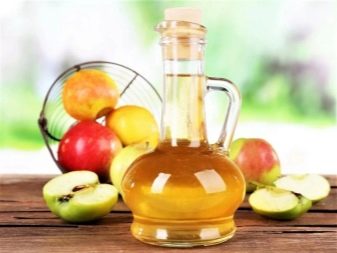
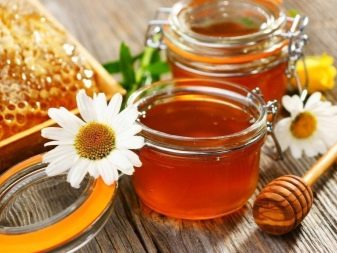
What vegetables can you give?
Fresh vegetables should be included in the birds' diet at all times. The greatest usefulness is possessed by carrots, which are extremely important for the bird's body. The root vegetable is added to food in a grated form, usually mixing with porridge or boiled eggs. In addition, the birds are very fond of the pulp of pumpkin and melon, but you need to be careful with watermelons - of course, they help cleanse the body, but if eaten uncontrollably, parrots may have difficulties with the organs of the excretory system.
If the bird is kept in a small aviary and leads a sedentary lifestyle, then she needs fresh cucumbers - you can give a lot of them, but certainly from the garden, and not purchased from the supermarket.
The use of tomatoes by birds is allowed, but only ripe ones, since unripe tomatoes contain alkaloids, therefore, they can cause damage to the body. Beets are also recommended for inclusion in the diet of a parrot; they are rich in vitamins, minerals and fiber.
Birds also love corn, beans and green peas in a state of milky ripeness; it will be useful to give white cabbage leaves or its stalk.
In small portions, you can treat the bird with lettuce leaves, as well as spinach, the parrot's body responds well to green bell peppers and boiled potatoes. Keep in mind that not all foods are shown feathered. So, it is strictly forbidden to treat parrots with onions, garlic, celery root, spicy herbs and radishes - they have too many essential oils, and their taste is rather sharp. Due to the high content of alkaloids, eggplant should also be excluded from the pet's menu.
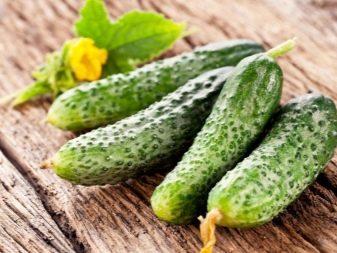
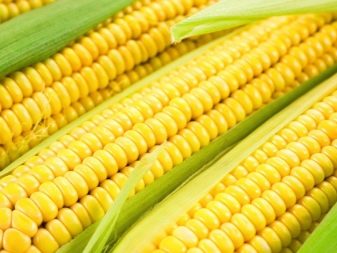
Do they eat fruits and berries?
The birds are very fond of fresh fruit. Most often they are given apples, they can be included in the menu all year round - the risk of overdose simply does not exist here. But the passion for pears often leads to constipation, so they need to be given in limited doses.
One of the favorite treats for winged pets are tangerine and orange, and you can also feed the birds with grapes. Budgerigars love bananas, but be sure to skin fresh fruits. Peaches and apricots bring great benefits to the feathered body, parrots will never refuse to eat cherries and ripe cherries, they are very fond of black and red currants, raspberries and rose hips. There are birds that even eat honeysuckle, both fresh and dried.
From time to time, you can give peeled kiwi and pineapples, but remember that fruits must certainly only be fresh - canned birds are not suitable.
But avocados, like mango and persimmon, are contraindicated for budgies, on the contrary, such products often lead to poisoning.
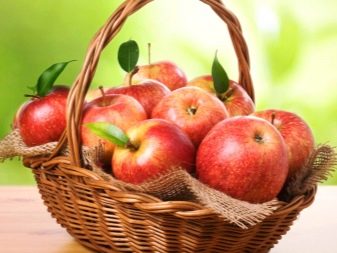
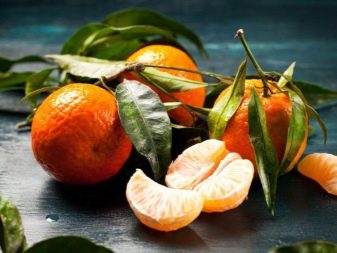
What cereals do parrots like?
Porridge should certainly be included in the diet of these beautiful poultry, but only without oil and all kinds of seasonings. It is best to cook the grains friable until half cooked.
Boiled rice, millet, buckwheat, as well as corn grits and lentils are useful for birds. It is best for newborn chicks to cook liquid porridge from wheat grits or semolina with the addition of a small amount of crushed shells and a drop of fish oil.
Babies are usually fed with a syringe, 3-5 ml per day for one meal is enough for each chick. Liquid porridge contains a lot of water, so it does not require additional watering.
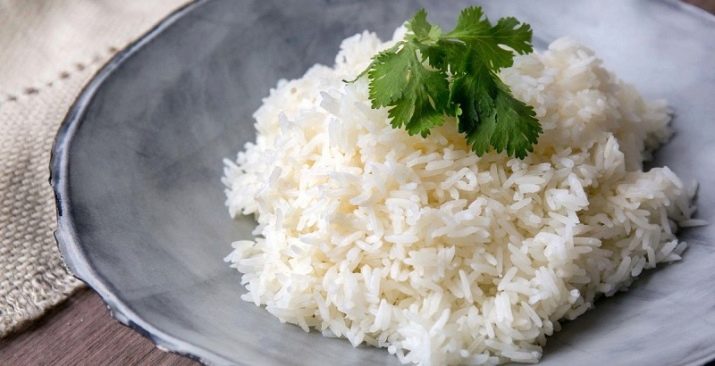
Greens in the diet
Greens should be an integral part of a bird's daily diet. It should be collected in ecologically clean areas. Before serving, they sort out, separating all weeds and poisonous herbs, remove insects and be sure to wash.
Parrots benefit from wild herbs such as:
- burdock;
- Clover;
- scalded young nettle;
- plantain.
You can replenish the stock of meadow greens with garden crops: lettuce leaves, as well as carrot and beet tops. Fruit twigs and willow twigs are extremely important for parrots, but just make sure they are resin-free. Budgerigars always love to chew on something. So that they do not waste their energy on baseboards and new wallpapers, give them finely chopped tree branches from time to time. Just before serving them to your feathered pet, the shoots should be kept in cold water for about 4-6 hours, after which they must be scalded with boiling water to destroy insects and their larvae.
Parrots like the branches of currants, pears and apple trees, as well as cherries and cherries. To grind off the beak, you should give the feathery branches of mountain ash, alfalfa and garden viburnum. But oak, poplar, like lilac with acacia for birds are very dangerous, coniferous shoots are also better avoided.
Among indoor plants, there are those that pose a danger to birds - these include dieffenbachia, azalea, foxglove, indoor fern and heather, but a rose, tradescantia or fat woman will not harm the pet. And also there will be no trouble if the parrot bites some bamboo.
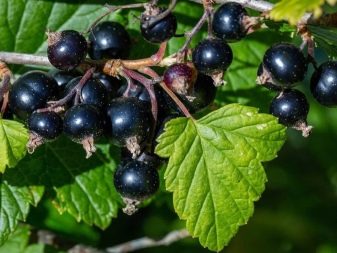
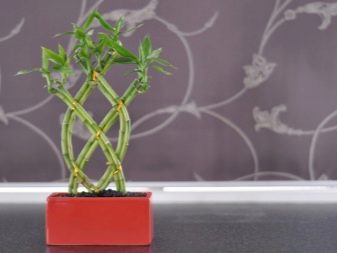
Other goodies
Treats for birds include chumiza, as well as cereals such as mogar, Senegalese millet and red millet in spikelets - they should be given in dosage, like a dessert. Despite the fact that they belong to grains, such food is so attractive for parrots that if there is an excess supply, the pet will simply refuse any other food and will wait for sweets all the time. So, if you offer a budgie a spikelet, then a small twig will be enough for him per day.
In addition, food of animal origin can be included in the diet of birds, but it can only be given a couple of times a month, not more often. The birds are most loved by:
- cheese - be sure to take varieties with a low fat level;
- boiled eggs - only peeled from shells;
- fish fat - it is better to mix it into the feed mixture;
- cottage cheese - this component is given in a small volume, preferably semi-dry with a fat content parameter not exceeding 9%.
A couple of times a month, you can treat the chick with a slice of walnut.

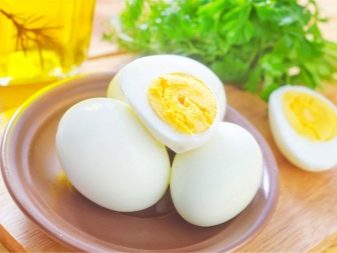
What can not be fed?
Budgerigar specialist stores these days offer a wide range of different sticks - honey, cereal or egg. You don't need to take them - they include too many sugars, as well as dyes and preservatives, and the very quality of the grain in them is very doubtful.
The list of prohibited foods includes:
- salt - the body of a domestic parrot is simply not able to digest this product on its own, which inevitably leads to health problems;
- dill, parsley, spices, herbs and spices - these products cause serious complications in the health status of birds and often lead to their death;
- milk and all its derivatives - the fact is that birds do not produce enzymes that can digest this product, in addition, it is distinguished by high fat content, therefore, it is harmful to the health of the pet;
- bread - this product is not recommended for birds, as it contains yeast and sugar, as well as flour and salt; in rare cases, you can treat a parrot with a yeast-free dried slice;
- mushrooms - are strictly forbidden to birds, since they have the most negative effect on the digestive system;
- chocolate and other sweets - they contain sugar and cocoa, which have an overly stimulating effect on the nervous system of birds.
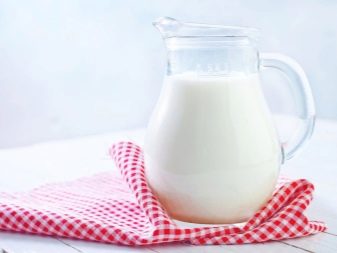

Competent feeding of the budgerigar is considered an indispensable fundamental condition, on which the growth and full development of a feathered pet largely depends. That is why it must necessarily be thought out inside and out.
You should not treat the composition of the diet of birds irresponsibly, since the inclusion of at least one prohibited product in the menu can have the most negative impact on the health of the pet and even lead to death.
For information on what you can feed the budgerigar, see the next video.








